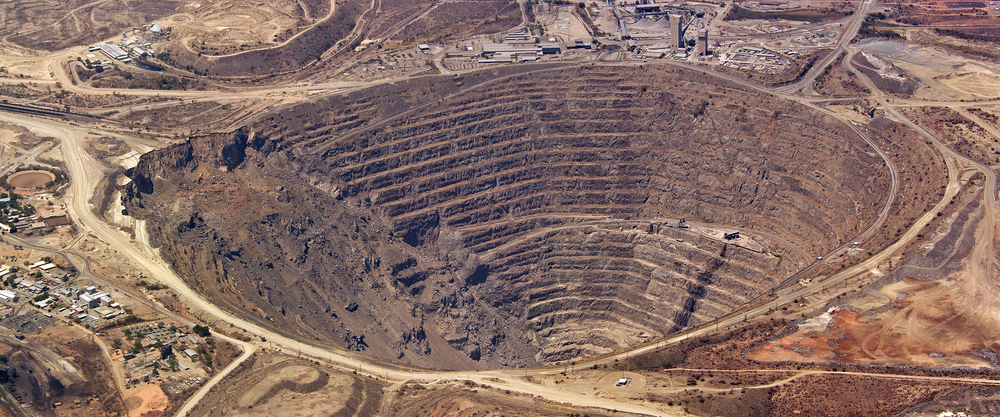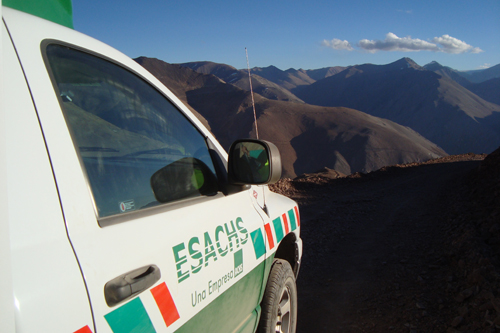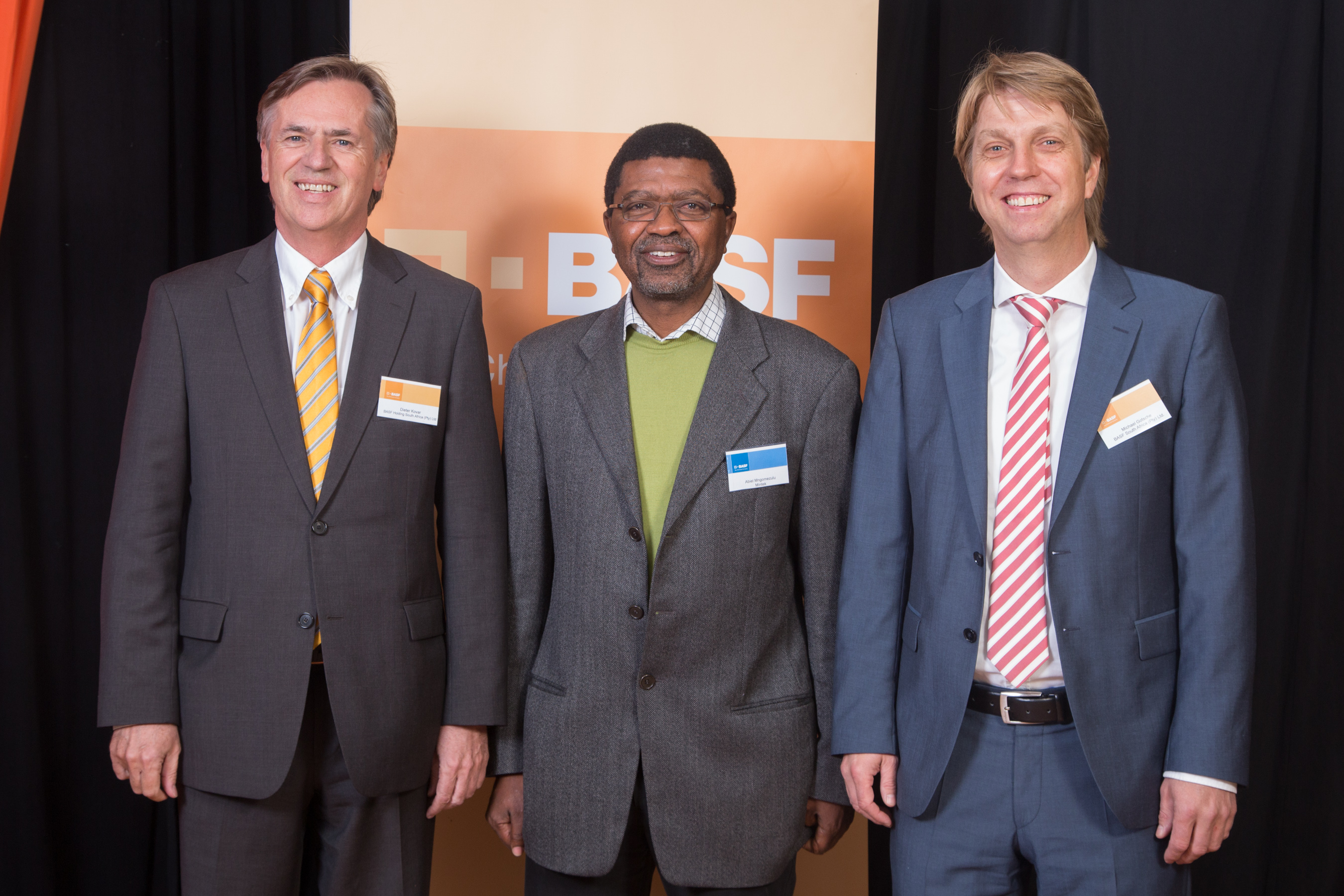
BASF, the world’s leading chemical company launched its new laboratory for mining on June 23 in Johannesburg. The new lab is based at MINTEK, the South African mineral research organization.MINTEK is one of the world’s leading technology organizations specializing in mineral processing and extractive metallurgy.



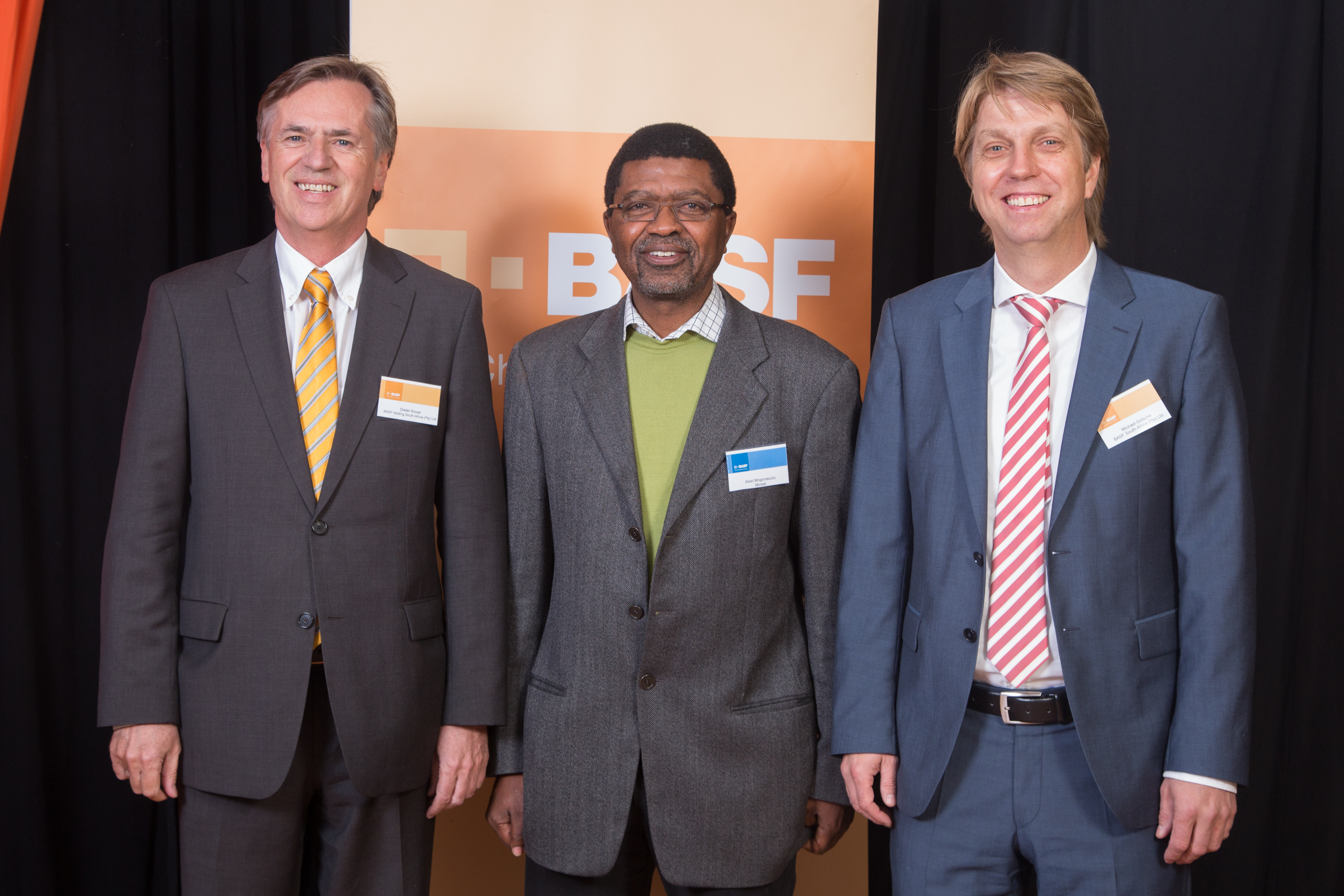
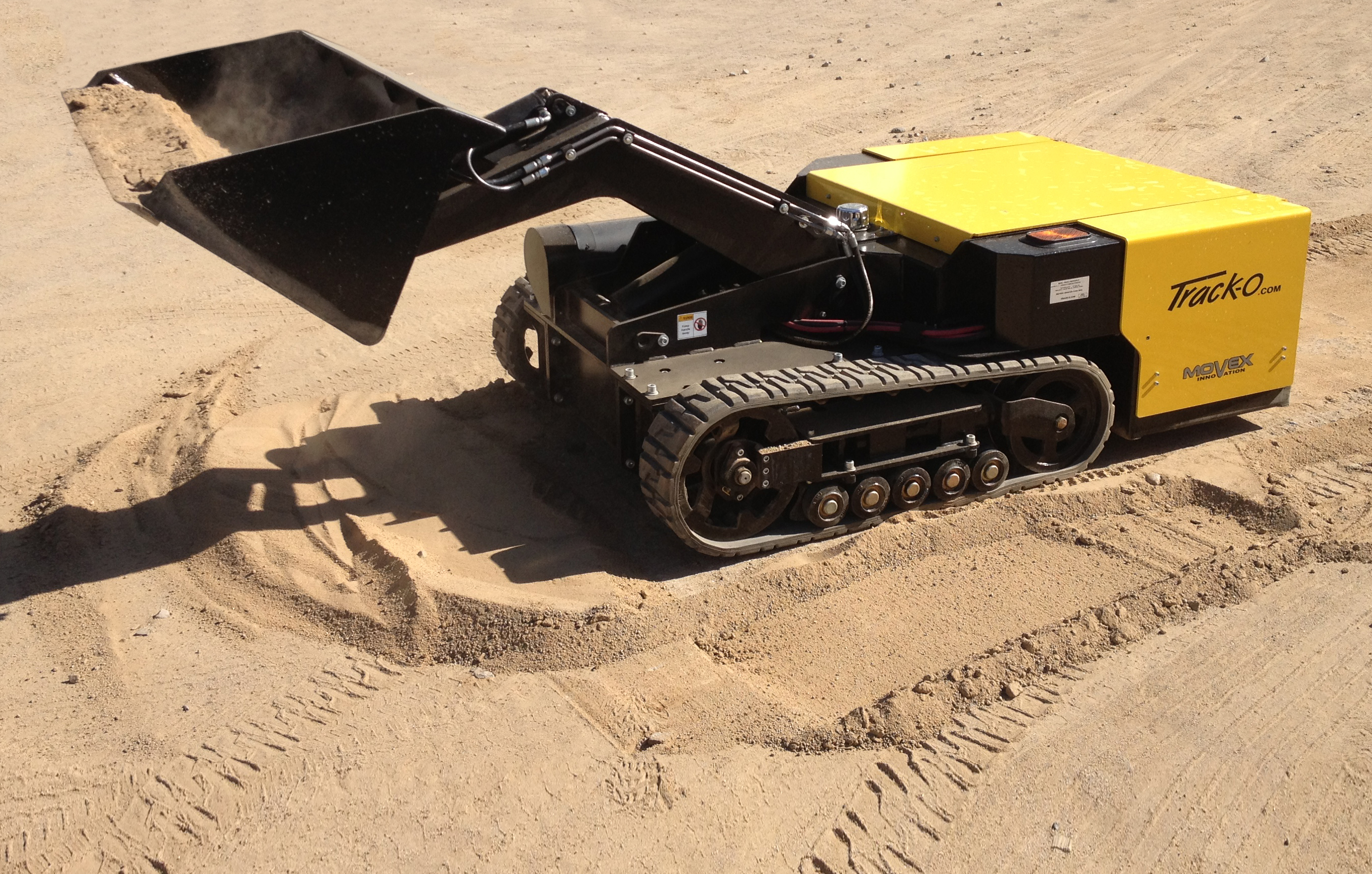
 Pesco-AM-Mining-July13-Bro-s.pdf
Pesco-AM-Mining-July13-Bro-s.pdf
